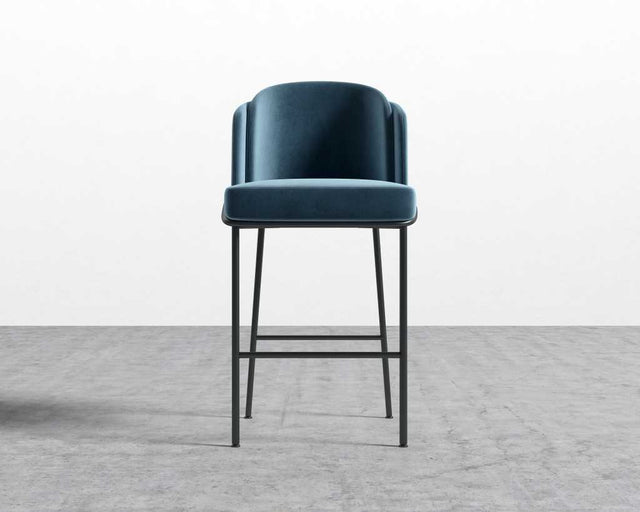The Truth About Fast Furniture and Why It Never Lasts
The price looks good. Until the drawer breaks.
We’ve all been there.
That shelf that wobbles two weeks in.
That “wood-look” table that chips when your kid drops a spoon.
That flat-pack piece that took four hours to build only to start sagging under its own weight.
Fast furniture isn’t designed to last.
It’s built to sell. And to be replaced.
Here’s why that’s a problem and what you should know before you buy again.
1. Fast Furniture = Disposable Design
Most mass-market furniture is built with particleboard or thin veneer over MDF. It’s light, fast, and cheap. But not in a good way.
It can’t handle:
-
Heavy daily use
-
Humidity changes (hello, Edmonton seasons)
-
Kids, pets, or even a gentle bump against the wall
Within a year or two, it warps, cracks, chips or ends up in the landfill.
2. Cheap Now, Expensive Later
That $400 table from a big box store?
You’ll likely replace it 3–5 times over the next 10 years.
That’s $1,200–$2,000 for furniture that was never built for your life in the first place.
Now imagine spending once on a handcrafted table made from solid Canadian maple, oak, or walnut that’s still standing strong when your kids leave for college.
Buy once. Build well. Never upgrade again.
3. There’s No Story in Mass-Production
Fast furniture is designed for everyone.
Which means it ends up meaning nothing.
Custom pieces carry more than just function:
-
They're designed with intention
-
They match your lifestyle, your space, your habits
-
They age with your home—not against it
A YEG Woodcraft piece is one-of-one.
Made by hand. Made with purpose. Made to last.
4. It’s Not Just a Table. It’s Your Home.
Your dining table holds more than dinner.
It holds birthdays.
Late-night talks.
Homework. Wine nights. Spilled milk.
And everything in between.
You don’t need another trend.
You need something strong. Familiar. Honest.
Something that belongs in your home.
5. Sustainability Isn’t Just About Materials It’s About Mindset
Fast furniture contributes to millions of tons of landfill waste each year.
It’s the fast fashion of the home industry.
Custom solid wood furniture?
-
Built with longevity in mind
-
Designed to be repaired, refinished, passed down
-
Lower carbon footprint with local sourcing and less waste
It’s the difference between disposable and legacy.

